
James Campbell Irons FRSE SSC (1840-1910) was a Scottish lawyer, historical author and amateur geologist.

James Campbell Irons FRSE SSC (1840-1910) was a Scottish lawyer, historical author and amateur geologist.


He was born in Dundee on 24 April 1840 the son of David Irons and Mary Bonella. [1] His father was a grocer and tobacconist living and working at 59 Overgate in Dundee. [2] He trained as a lawyer in Edinburgh and in 1864 he was appointed Depute Town Clerk of Leith. He was admitted to the Society of Solicitors in the Supreme Courts of Scotland in 1867 and practised law in the firm of Irons Roberts & Co SSC in Leith, then in the city of Edinburgh as J. Campbell Irons & Co.
In 1870 he was working as a lawyer in Leith at 19 Charlotte Street (now known as Queen Charlotte Street). He was then living at 6 Haddington Place, a relatively opulent Georgian flat near the top of Leith Walk. [3] In 1892 he had offices at both 22 York Place in Edinburgh's First New Town plus 10 Bernard Street in Leith, whilst living at 9 Windsor Street in Edinburgh's East End. [4] He was solicitor in Scotland for the War Office, the education Department and the Prison Commissioners. [5]
In 1898 he was elected a Fellow of the Royal Society of Edinburgh. His proposers were Andrew Beatson Bell, John Sturgeon Mackay, James Geikie and Peter Guthrie Tait. [6]
In 1909 his offices moved to 19 Dundas Street.
He died on 9 September 1910 and is buried in Rosebank Cemetery in north Edinburgh, just north of the Christian Salvesen monument.
He married Eliza Anne Blackwell (1841-1901) on 4 September 1867 and had five sons, two of whom became lawyers.
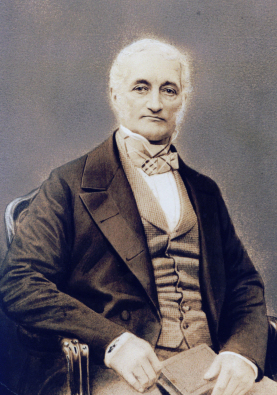
William Burn was a Scottish architect. He received major commissions from the age of 20 until his death at 81. He built in many styles and was a pioneer of the Scottish Baronial Revival, often referred to as the golden age of Scottish architecture.
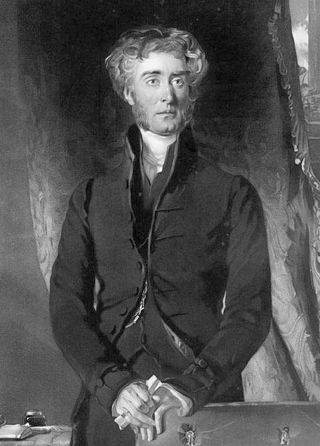
Duncan McNeill, 1st Baron Colonsay FRSE was a Scottish advocate, judge and Tory politician. He was Lord Justice General and Lord President of the Court of Session between 1852 and 1867.

Edward Theodore Salvesen, Lord Salvesen, was a Scottish lawyer, politician and judge who rose to be a Senator of the College of Justice.

John Thomas Rochead was a Scottish architect. He is most noteworthy on a national scale for having been the designer of the Wallace Monument.

Sir Samuel Shepherd KS PC FRSE was a British barrister, judge and politician who served as Attorney General for England and Wales and Lord Chief Baron of the Scottish Court of Exchequer.
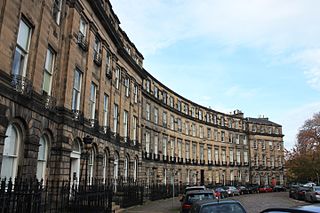
James Ivory, Lord IvoryFRSE, was a Scottish judge.
The Hon. Donald Mackenzie, Lord Mackenzie FRSE was a Scottish lawyer who served as a Senator of the College of Justice in Edinburgh.

Isaac Anderson-Henry of Woodend FRSE was a Scottish lawyer and horticulturist.

James Currie FRSE MA LLD JP was a Scottish businessman who was the owner and senior partner of the international shipping company, the Currie Line. He was also a keen amateur botanist, mineralogist and archaeologist, making sufficient impact on the Scottish world of science as to rise to be President of the Royal Society of Edinburgh.
James Leslie FRSE was a Scottish civil engineer specialising in docks, harbours bridges and reservoirs, largely on the east coast of Scotland. He was also an amateur meteorologist.
Robert Handyside, Lord Handyside FRSE (1798–1858) was a Scottish lawyer and judge who served as Solicitor General for Scotland and a Lord of Session.
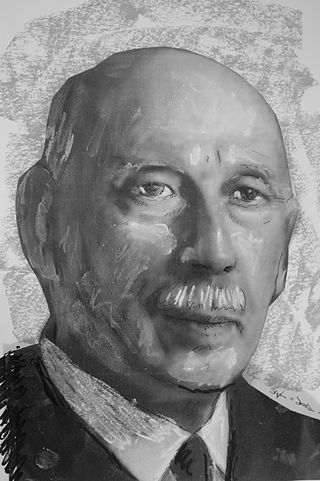
Sir William Campbell Johnston FRSE was a Scottish lawyer and noted cricketer.

William Lindsay FRSE SSC was a Scottish shipowner who served as Provost of Leith from 1860 to 1866. Lindsay Road in Edinburgh is named after him.
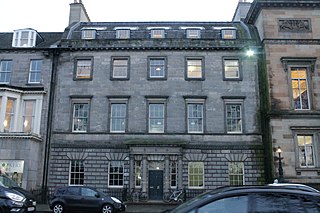
Robert Lee, Lord Lee FRSE was a 19th-century Scottish lawyer and judge.
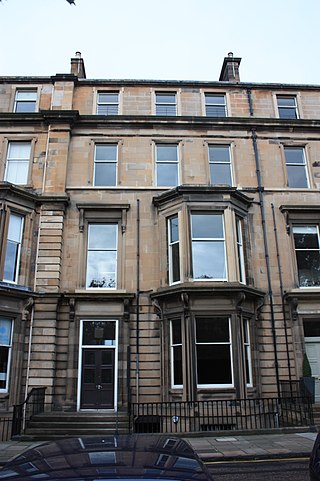
John MacGregor McCandlish WS FRSE (1821–1901) was a Scottish lawyer and actuary. He was the first president of the Faculty of Actuaries.
Duncan MacNaughton WS FRSE was a 20th-century Scottish lawyer and astronomer and archaeologist. Also disguising a secret parallel love of astrology he wrote under the name of Maurice Wemyss on astrological matters.
John Reddie FRSE LLD (1805–1851) was a 19th-century Scottish lawyer remembered as a colonial judge.

Robert Paterson (1825–1889) was a 19th-century Scottish architect. His most famous work is the Cafe Royal in Edinburgh. Almost all his works are in Edinburgh, mainly in the Scots Baronial style, including a number of churches for the United Presbyterian Church.
John William Chesser SSC was a 19th/20th century Scottish solicitor and Tory politician who served as Lord Provost of Edinburgh from 1919 to 1921.

James Simpson (1830–1894) was a 19th century Scottish architect. He is particularly associated with Leith. He served as the Burgh Assessor and Town Architect of Leith and created and oversaw the Leith Improvement Plan of 1888.